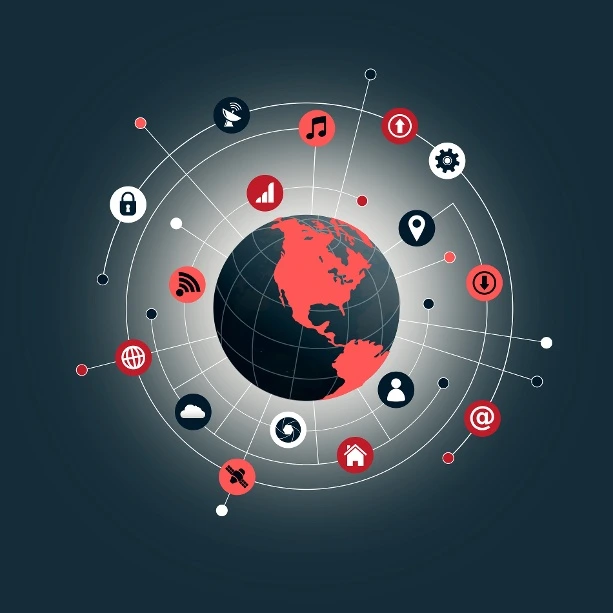IoT solutions have become great additions to everyday company processes, and have aided many through the COVID pandemic. However, there is a major flaw. IoT is already becoming too complex in today’s industrial revolution. As IoT plays an integral part of society, and more and more devices are connecting, we’ve seen an IoT revolution taking shape. With that, IoT is now becoming more widely known as IoT2 - or the Internet of Trillions of Things. Let’s explore more about how IoT2 will change the way we work.
History of IoT1 (Internet of Things)
IoT itself has been around for a while. It was officially given its name in 1999 and has been slowly growing since. In 2015, IoT saw its first major revolution. Innovation began to rise and companies started to see the potential of implementing IoT solutions in workplace operations.
The growth IoT1 saw from 2015 to now has been incredible. IoT had 15 billion devices connected in 2015 and has around 42 billion connected today. What is even more impressive is that IoT2 is expected to have a greater worldwide impact than IoT1.
What IoT2 (Internet of Trillions of Things) Means for Businesses
On paper, these two work the same way. IoT and IIoT provide a way to connect devices to the internet. They both make things easier for the end-user. An IoT platform makes life more convenient, and an IIoT platform improves workflow efficiency. Another commonality between the two is safety concerns. Both users for IoT and IIoT are concerned about safety breaches. IIoT security is taken into account when designing and creating an IIoT platform to ensure privacy for the user. The same precautions ensure IoT security.
How IIoT Fits into Asset Tracking
IoT2 will make the business market more dynamic and fast- paced. Technology will become obsolete quicker and businesses will have to constantly seek out ways that IoT solutions can adapt. Businesses must make sure they are able to scale quickly and efficiently. Companies have to stay updated with current technology to stay ahead of the competition.
People are put in an interesting position with IoT2. Technology is now making it possible for systems and processes to be automated. Automation causes a reduction in certain jobs, but also provides new ones. For example, Panera is one company that saw an increase in job availability due to automation. The company was able to have employees focus on enhancing customer experience which resulted in more jobs.
The reduction in jobs may be seen more so in factory settings and some warehouses. Automated processes will slowly replace some of the jobs that used to be occupied by people. Another example of job reduction is the fast food industry. Many companies are implementing machines that allow customers to order via mobily or at a kiosk instead of requiring someone to stand behind a register.
In industrial settings, this could look like a manufacturing line utilizing robotics instead of workers manually putting together items. IoT2 solutions, such as asset tracking and monitoring systems, can help companies keep track of the various moving parts within an assembly line.
Join the AirFinder Difference!
- Innovation. Organizations can be freed up to innovate and bring more impactful products and services to market.
- Profitability. Increased profitability provides new opportunities to innovate and improve valuation.
- Digital Transformation. Discover competitive advantages, new revenue opportunities, improved customer relationships and increased efficiency.
What Are the Benefits of IoT2?
Nearly every industry will be affected by IoT2. Technological improvements will allow for more efficient use of equipment, and through automated tracking and monitoring, comes better inventory management. These improved processes will reduce errors in operations. When IoT2 is in full effect, consumers and businesses alike will reap the benefits.
How Link Labs is Preparing for IoT2
Link Labs is positioning themselves as a leader in the IoT2 space with a breakthrough asset tracking and monitoring solution: AirFinder. AirFinder is the industry’s most complete and comprehensive Real Time Location System (RTLS) on the market. Through automated IoT2 technology, AirFinder enables users to track and monitor assets seamlessly indoors, outdoors, and on-the-road. For more information, check out this page.





